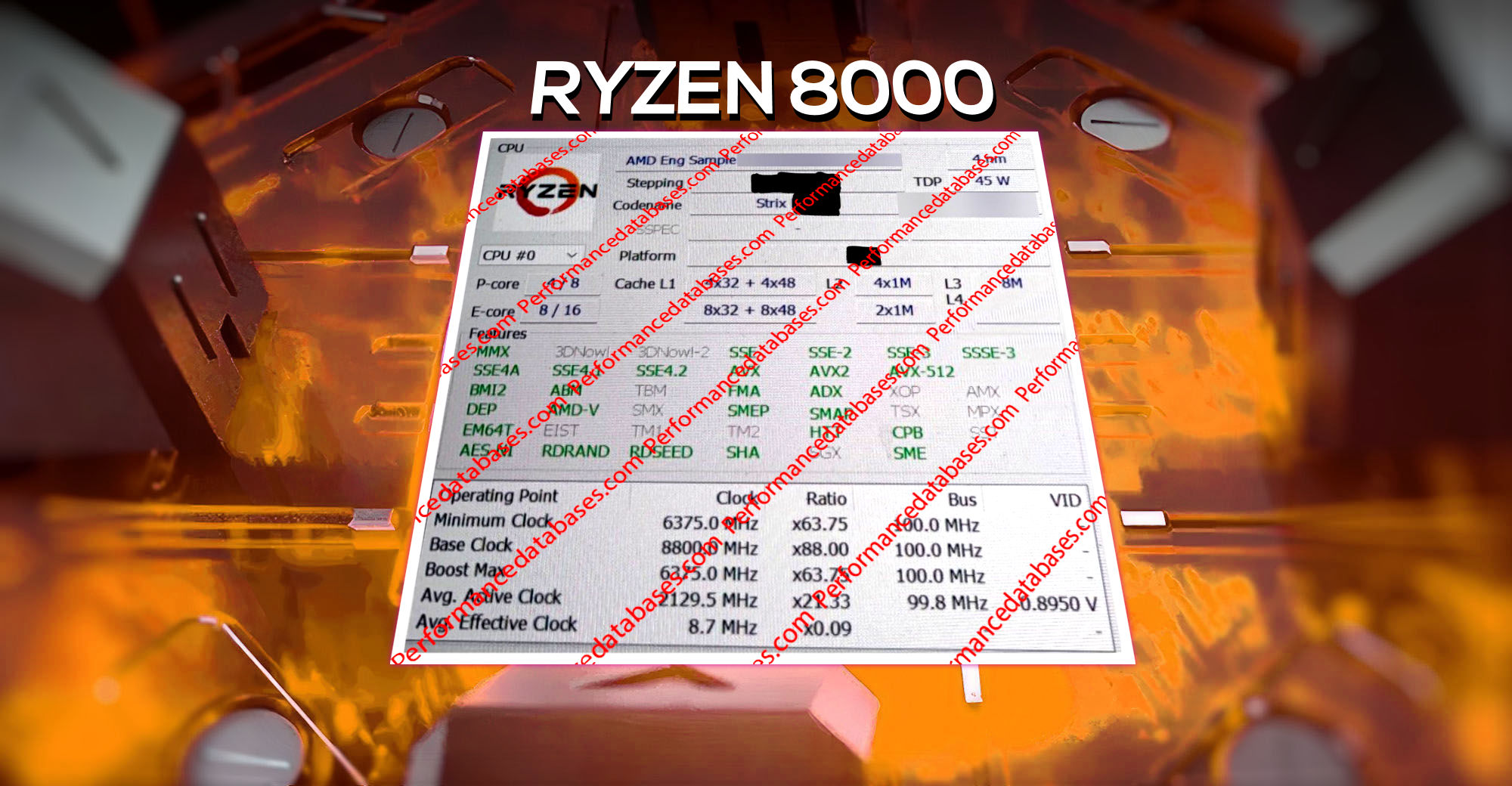Some (mainly older) games lose 20-30% performance as without proper scheduling, they randomly pick E cores. I assume it doesn't matter for most gamers, but those who aim for the highest FPS in online/multiplayer games may want to disable efficient cores. The same if you do virtualization-oriented work, then E-cores sometimes cause problems. I had big problems with that using Hyper-V and some other things at work. I guess the biggest problems were already solved as I can run Hyper-V VMs on i5-1240P CPU, but I still can't assign all 16 threads or I see a black screen after OS installation. Before, I couldn't even install anything when E-cores were enabled.
Unless I talk about a specific architecture, then I will still use P/E cores naming as no matter if I talk about AMD or Intel, or whatever is their own naming, in general I mean performance or efficient cores.
It's clear that games have the highest FPS on the highest frequency or the best performing cores (if we look at X3D CPUs). Most games can't use all CPU threads, so gamers disable HT/SMT, second CCX or E-cores to achieve better results. Most games still use 2-4 threads to the max, some can use 6-8. Barely any game can use the full potential of 8+ cores with SMT/HT. You can see that looking at the average load of new games, and it's usually around 30-50% when the GPU runs at 100% (of course there are exceptions).
If scheduling was working perfectly then I assume that we could have so weird CPUs as 4 P cores and 12 E cores. Some of the current Intel CPUs are ridiculous. Like who needs 4 E cores when already have 4 P cores with HT. Better would be to have 6 P cores and nothing else. There were also only E-core CPUs, but I can't find them now. I guess it could be a good option for low power business solutions.
Personally I see 4 P cores as a minimum and then could be 8 E cores and it would be just right for most users. This is what I have in my new NUC and I feel it's just right, but core frequencies could be higher. At least on that NUC, I see that all cores are loaded about the same during mixed load tests. I would expect a higher load on P cores in some tasks.
I just feel that if AMD is introducing their C/c architecture in mobile computers, then it will appear in regular desktops and gaming series. Intel somehow successfully introduced their efficient cores, so AMD will probably follow. It feels like Intel is pumping top CPUs with E-cores only to beat AMD in multitasking and popular benchmarks. E-cores wouldn't be required in top i7/i9, but without it, Intel wouldn't fit into TDP and couldn't compete with AMD. Even now it looks pretty bad but results in tests are good enough to convince potential users.
